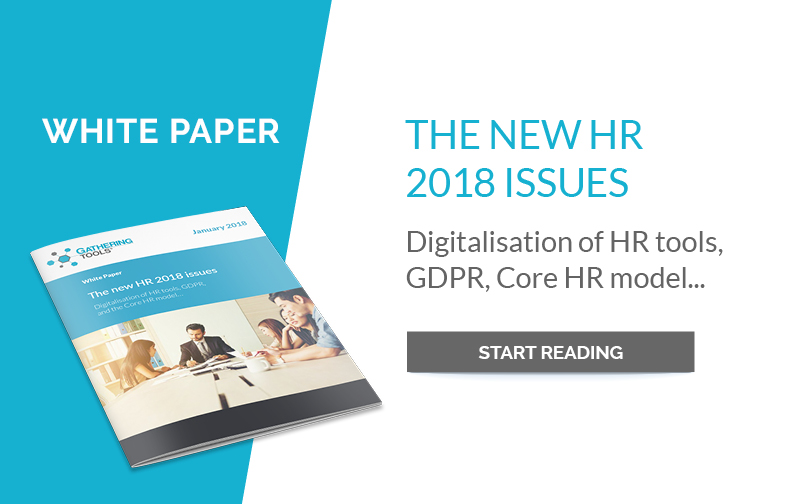Indicators are essential to HR. With the various regulations, requests from managers, employees, all the reasons are good to generate new ones. It is, therefore, necessary to have access to quality, reliable and consistent data. Nevertheless, it is not always so obvious, especially in companies with multiple subsidiaries. Take the example of workforce monitoring; an essential indicator of the HR dashboard, its calculation is very often complicated. So why is this indicator so strategic? What are the reasons that make it so difficult to consolidate? Is there a simple solution to improve this situation?
An effective HR Monitoring: a strategic indicator
 The monitoring of the company’s workforce is a particular strategic indicator, which is highly valued by business entities, but also by managers more generally. This indicator is also found in annual reports, at the same level as turnover or R&D investment.
The monitoring of the company’s workforce is a particular strategic indicator, which is highly valued by business entities, but also by managers more generally. This indicator is also found in annual reports, at the same level as turnover or R&D investment.
At the HR level, workforce analysis is identified with the management of skills and the know-how. HR knows it better than anyone else, and employees are the company’s most valuable resource. The management of this resource is not to be taken lightly. The calculation of the workforce makes it possible to make decisions that often make sense for recruitment campaigns, increased internal mobility, training plans, etc. You can also draw other indicators, very valuable too such as, age pyramid, seniority rate, turnover rate and much more.
Unfortunately, this monitoring of the workforce is not so easy to achieve.
Staff monitoring is often unstable
 The Overall construction of HR indicators is a real problem in companies. According to the 2016 Deloitte HR Trend Study, 45% of HRDs believe they have poor quality data, which complicates HR Analytics.
The Overall construction of HR indicators is a real problem in companies. According to the 2016 Deloitte HR Trend Study, 45% of HRDs believe they have poor quality data, which complicates HR Analytics.
However, the calculation of the workforce is integrated into the HRIS and much-specialized software also allow its digitalization. However, many companies still depend on Excel files for to build this indicator. Why? Noticeable because not all subsidiaries access HRIS or specialized software for technical or cost reasons, and therefore send their figures by other means.
This is the case for example at Bouygues Construction: “If we know the people employed in France well, it was much more complicated concerning the 30,000 employees working outside France. […] From one quarter to the next, we could see significant variations in the workforce on a structure through the use of an unsecured spreadsheet. “(Feedback: Grégory Foulon, HRIS manager of Bouygues Construction). How can these differences be justified to management? How to avoid spending hours and hours trying to consolidate all these Excel files.
Gathering Tools: the solution to make workforce monitoring reliable
 To deal with this problem of data quality, some companies, such as Bouygues Construction, have found the solution. It’s called Gathering Tools: “This information gathering brick completes our reporting group tool for collecting our HR indicators. In addition, the method of distributing e-mail collection forms and their Excel-style spreadsheet “look” corresponds well to users’ needs.” Grégory Foulon, Bouygues Construction HRIS Manager.
To deal with this problem of data quality, some companies, such as Bouygues Construction, have found the solution. It’s called Gathering Tools: “This information gathering brick completes our reporting group tool for collecting our HR indicators. In addition, the method of distributing e-mail collection forms and their Excel-style spreadsheet “look” corresponds well to users’ needs.” Grégory Foulon, Bouygues Construction HRIS Manager.
Thanks to Gathering Tools’ ability to take over the existing Excel without changing the proven processes that are acclaimed by HR teams. In fact, it saves long change management phases, which are complicated to manage, while making workflows more reliable (to cite only this aspect). No more re-entry errors, the hassle of management of different versions, the risk of file loss, etc. Clearly, these are gains in productivity and serenity guaranteed!
Of course, the possibilities of Gathering Tools do not stop at monitoring the HR workforce. All Excel processes can be made reliable thanks to this application. CSR, social report, management of variable elements of payroll.



